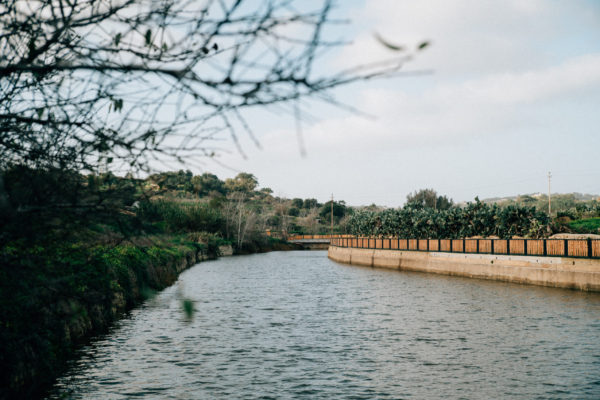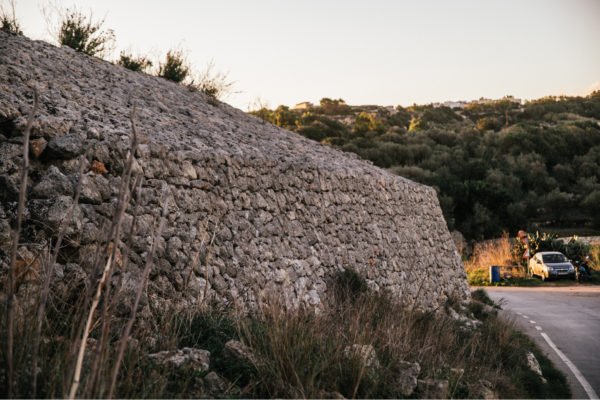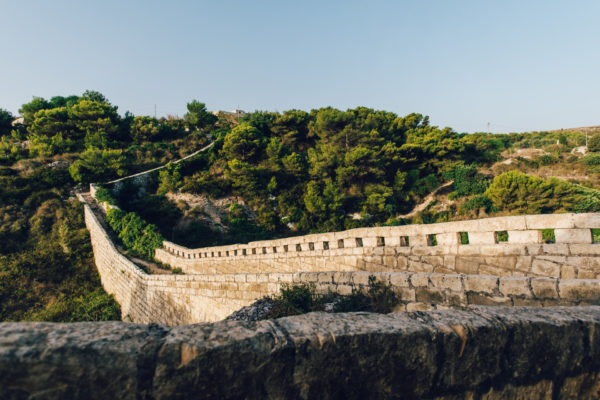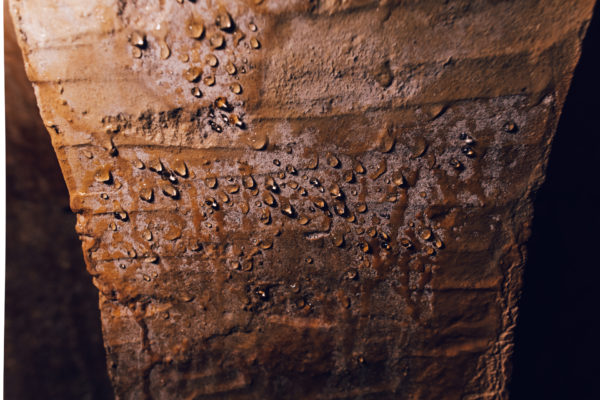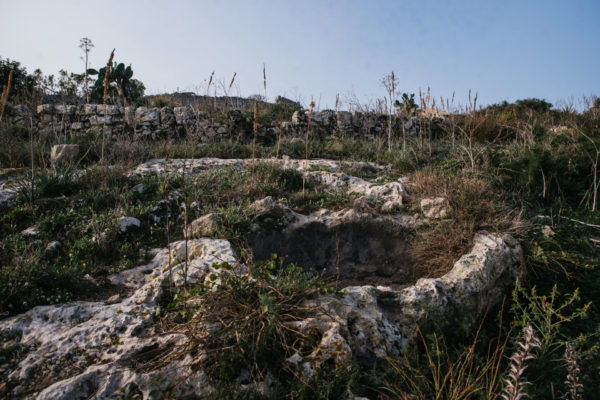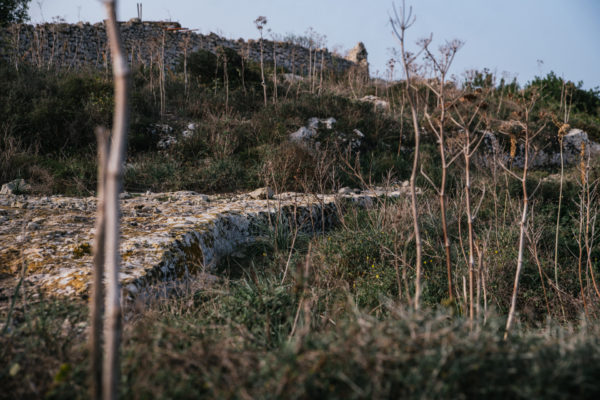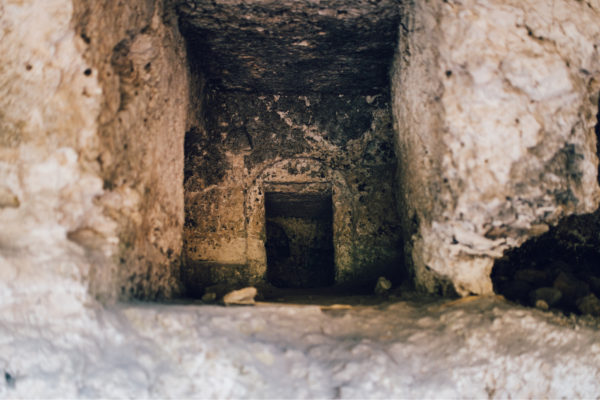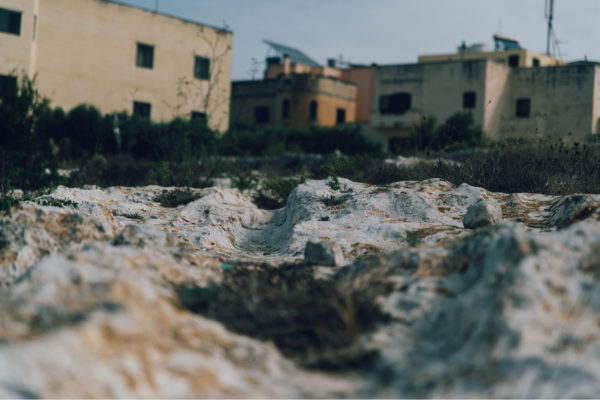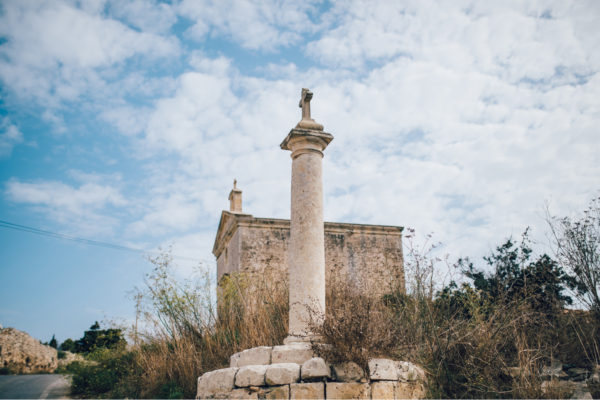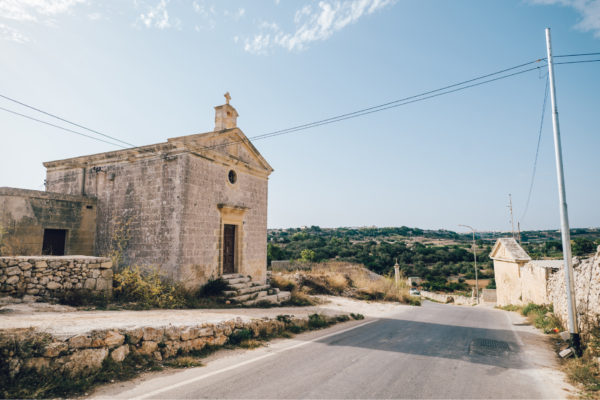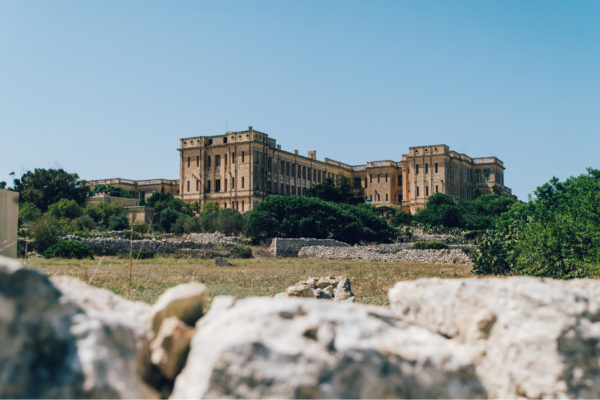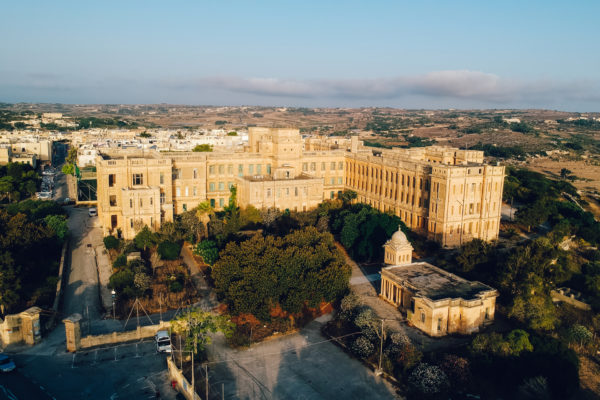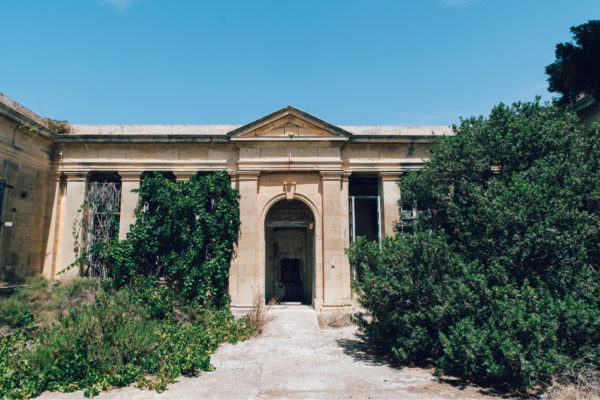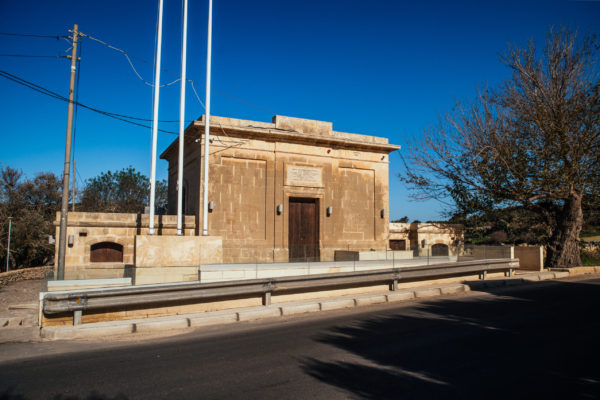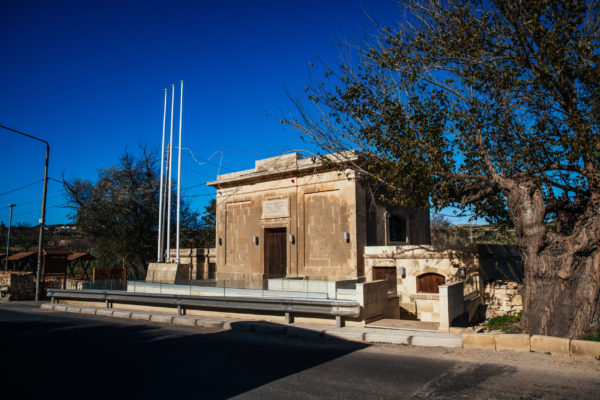
The Blue-leaved Acacia is a fast growing and drought tolerant tree native to South-western and Western Australia. This tree has been widely planted in dry lands across all continents, especially around the Mediterranean basin. It generally grows from 2 to 6 m, however, it can reach heights of 9 m in some areas.
It grows as a small tree with a short main trunk leading to several offshoots creating a crown often in a weeping form. Its bark is smooth and grey to red-brown in colour, changing into dark grey and developing fissures with age. The modified leaf stems are dark green to blue-green in colour and are narrow and 8 to 25cm long. At the base of the modified leaf is a nectary gland secreting sugary fluids attracting ants which in turn deter leaf-eating insects.
Flower clusters contain over 50 bright yellow, five-parted flowers each 5 to 10 mm in diameter. Seed pods are 4 to 6 mm wide and generally 8 to 12 cm long. The seeds are 5 to 6 mm long and roughly 3 mm wide. These are generally carried by ants underground and germinate when the topsoil above has been disturbed.
The seeds germinate readily. Hundreds of saplings can sometimes be found under the parent tree. This tree tends to grow and colonise disturbed areas, such as road sides, woodland fringes and public gardens. The prolific seed production and germination, coppicing and suckering ability, rapid growth and colonising behaviour make the Blue-leaved Acacia a very invasive species.
The Blue-leaved Acacia is another common invasive alien species also found at Chadwick lakes, generally growing on roadsides. Once it has colonised roadsides, it will move into the valley bed by wind dispersed seeds, and starts to colonise all the areas exposed to the sun.
The Blue-leaved acacia is legally declared as an invasive, alien or environmentally incompatible species in the Maltese Islands.









